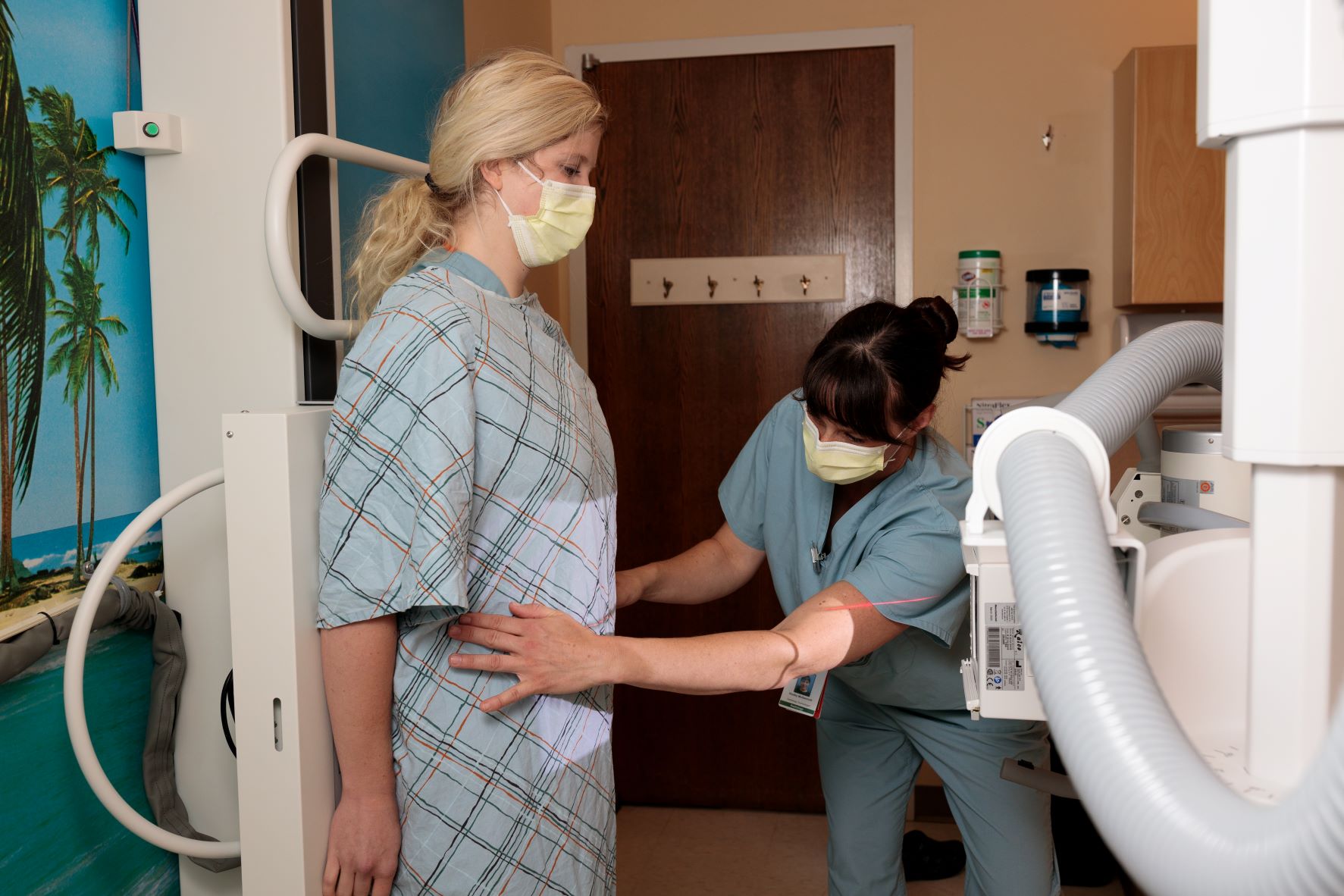
If you’ve gone through an imaging exam recently, you may have noticed you weren’t asked to wear a lead apron to protect your reproductive organs. That’s because after more than 70 years of research, medical experts have concluded these shields are not the best way to keep patients safe. This discovery contradicts what has been practiced regularly for decades.
In the 1950’s, there was less knowledge about how x-ray radiation affected our bodies, including concerns it could damage cells that would be passed along to future generations. It’s the reason lead shields were often placed over patients’ reproductive organs during medical imaging exams.
However, according to the National Council on Radiation Protection and Measurements, better technology has led to a 95% decrease in the amount of radiation used in medical imaging since the 1950s. Scientists also have a greater understanding of how radiation affects the body and have found gonads are much less sensitive to radiation than previously thought. This is also true for pregnant women and children.
There are benefits from the removal of lead shields. Doctors will now see parts of the body that were previously covered up, meaning a decrease in repeat exams. It will also prevent interference with x-ray equipment technology, which could have increased the amount of radiation used in the exam.

